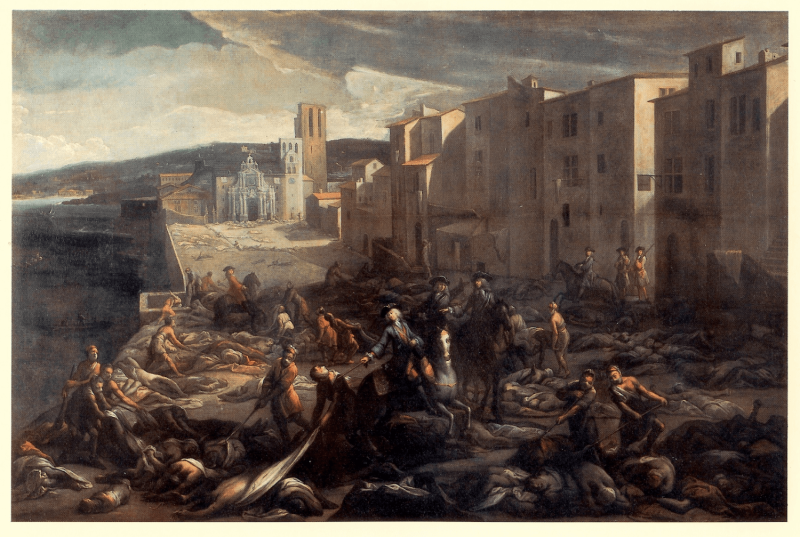The Black Death ravaged medieval Western Europe, wiping out roughly one-third of the population. Now researchers have traced the genetic history of the bacterium believed to be behind the plague in a recent paper published in Nature Communications.
…
A single strain did indeed prove to be the forerunner to all the strains from the [medieval] pandemic, although the team noted that earlier strains may yet be found in DNA samples from sites yet to be tested. Neither was there much genetic diversity between samples from victims during the Black Death, bolstering the view that Y. pestis found its way to Europe via a single entry point.
Once Y. pestis found a foothold in medieval Europe, it branched off into clades. Analysis of Y. pestis genomes from later in the second pandemic revealed two sister lineages. One appears to be responsible for the spread of Y. pestis eastward, since that lineage includes strains from 14th-century Bergen op Zoom, London, and the city of Bolgar, as well as some strains from Africa. The second, post-Black Death lineage showed an unusual degree of genetic diversity within local pockets in Germany, Switzerland, England, and France.
Read full, original post: Researchers find just two plague strains wiped out 30%-60% of Europe































